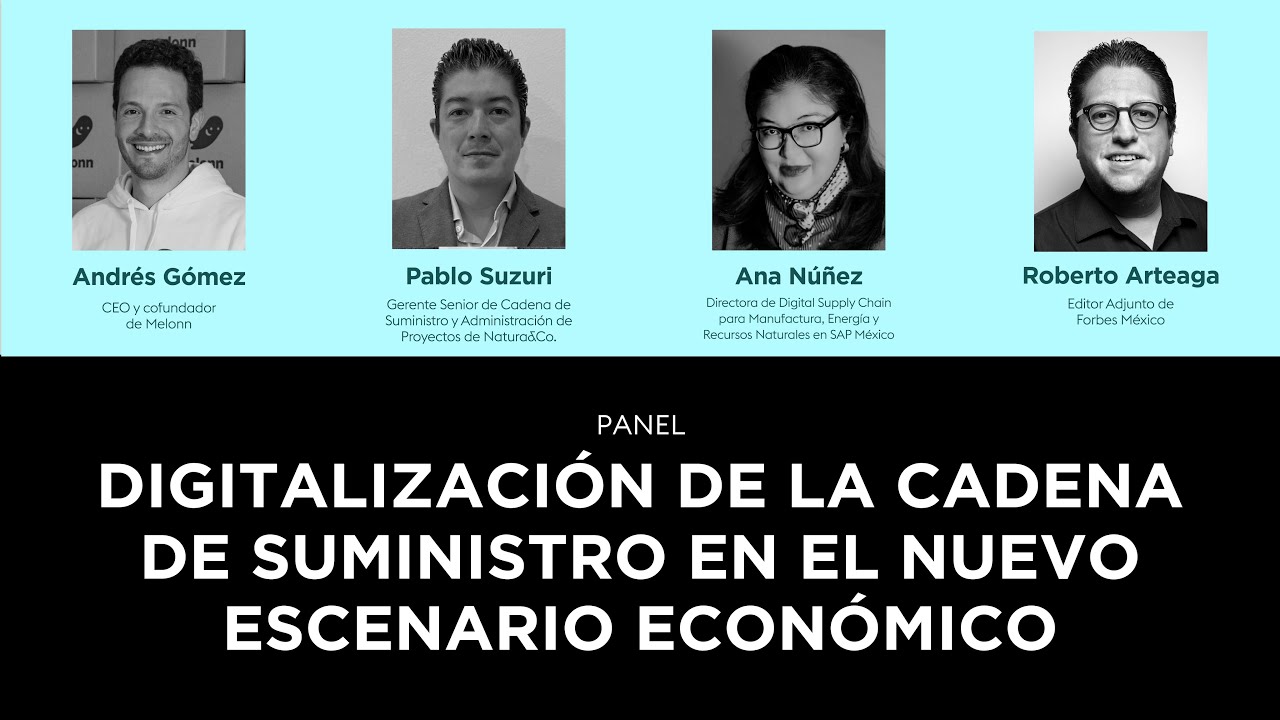How Creative Financing Can Ease Supply Chain Strains
Summary
TLDR在这段视频中,John Felix,作为White Oak Global Advisors的董事总经理,讨论了中型企业在供应链中断、运输问题和疫情影响下所面临的财务挑战。他强调了创造性融资解决方案的重要性,如通过加速应收账款的回收或将应收账款变现来改善现金流。Felix还提到了风险评估在融资决策中的作用,并建议企业在融资时考虑成本、风险容忍度以及资本用途。此外,他强调了为应对未来不确定性,企业需要在供应商、分销渠道、运输提供商和融资方面创造选择性,以保持运营和财务的灵活性。
Takeaways
- 😀 中间市场公司在过去18到24个月面临了供应链、运输和疫情等多方面的挑战。
- 💰 这些挑战导致许多中间市场公司现金流紧张,急需找到资本和改善现金流管理的方法。
- 🔍 公司需要找到理解其困境并提供合适产品方案的融资方。
- 🚀 加速现金流是这些公司目前的主要目标,可以通过多种方式实现,如加速应收账款的回收。
- 🔄 客户也可能因为多种因素而寻求延长付款期限,这要求供应商提供融资支持。
- 📈 中间市场公司可以通过出售或变现应收账款来加速现金流。
- 🏦 融资方会对债务人的信用风险进行评估,以确定应收账款的变现价值和可收回性。
- 💼 动态贴现是一种融资方式,企业可能无法获得全部欠款,但可以更快地获得支付。
- 📊 融资成本与企业的盈利能力、信用质量和杠杆水平有关,这些因素决定了资本成本。
- 📈 通货膨胀和利率上升增加了企业的资本成本,给企业带来了额外的挑战。
- 🚨 使用贷款加速供应商支付虽然短期内有效,但长期可能带来债务累积的风险。
- 🔑 企业在评估非银行融资方时,需要衡量其可靠性与传统银行融资的对比。
- 🛡️ 中间市场公司应准备应对未来不确定性,通过创造性融资增加运营和财务灵活性。
- 🌐 企业应建立长期资产与长期债务、工作资本资产与短期债务的匹配,以提高灵活性。
Q & A
什么是中型企业目前面临的主要挑战?
-中型企业在过去18至24个月中面临了供应链中断、运输中断、天气相关中断以及疫情等多方面的挑战,导致许多企业现金流紧张,需要寻找资本和改善现金流管理的方法。
如何理解所谓的“创造性供应链融资”?
-创造性供应链融资是指通过创新的金融手段来解决供应链中的资金问题,比如加速应收账款的收集,或者通过出售或变现应收账款来改善现金流。
为什么中型企业需要找到理解其困境的融资方?
-找到理解中型企业困境的融资方可以确保融资方提供的产品能够满足企业的实际需求,避免将企业硬塞进固定的融资模式中。
加速现金流周期对中型企业来说为什么很重要?
-加速现金流周期可以帮助中型企业解决当前的现金流紧张问题,提高资金的流动性,从而更好地应对市场变化和经营挑战。
企业如何通过供应链融资来加速应收账款的收集?
-企业可以通过出售或变现应收账款来加速收款,这取决于企业的规模和最终付款方的信用质量,以及融资方对信用风险的评估。
什么是动态折扣,它如何帮助企业改善现金流?
-动态折扣是一种融资手段,企业通过放弃部分应收账款的金额来换取更快的收款,这有助于降低企业的资本成本并改善现金流。
企业在考虑供应链融资时,如何评估融资方的信用风险?
-企业需要评估融资方的财务实力和信用状况,比如是否是大型连锁企业或有足够财务保障的公司,还是信用状况较差的小型企业。
在当前经济环境下,企业如何平衡债务和资本成本?
-企业需要根据盈利能力、债务水平和最终客户的信用质量来评估资本成本,并在债务和资本成本之间找到平衡,避免因债务过多而增加财务风险。
非银行融资方在供应链融资中扮演什么角色?
-非银行融资方提供了传统银行之外的融资选择,它们可能提供更灵活的融资方案,但成本可能更高,适合那些在传统银行难以获得融资的中型企业。
企业应如何准备应对未来可能的不确定性?
-企业应通过创造可选性来准备应对未来不确定性,包括对供应商、分销渠道、运输提供商和制造分销设施的可选性,以及在融资方面的可选性,确保长期资产与长期债务相匹配,工作资本资产与短期债务相匹配。
Outlines

This section is available to paid users only. Please upgrade to access this part.
Upgrade NowMindmap

This section is available to paid users only. Please upgrade to access this part.
Upgrade NowKeywords

This section is available to paid users only. Please upgrade to access this part.
Upgrade NowHighlights

This section is available to paid users only. Please upgrade to access this part.
Upgrade NowTranscripts

This section is available to paid users only. Please upgrade to access this part.
Upgrade NowBrowse More Related Video

The Critical Role of Supply Chains in Business and Society

Unclogging the Retail Supply Chain

Panel 3 | Digitalización de la cadena de suministro en el nuevo escenario económico

How Can Companies Cope With Rising Labor Costs?

The Supply Chain Sustainability Forum at Sustainability Live 2023

Webinar | ¿Cómo aumentar la competitividad a través de la logística en las Pymes?
5.0 / 5 (0 votes)
